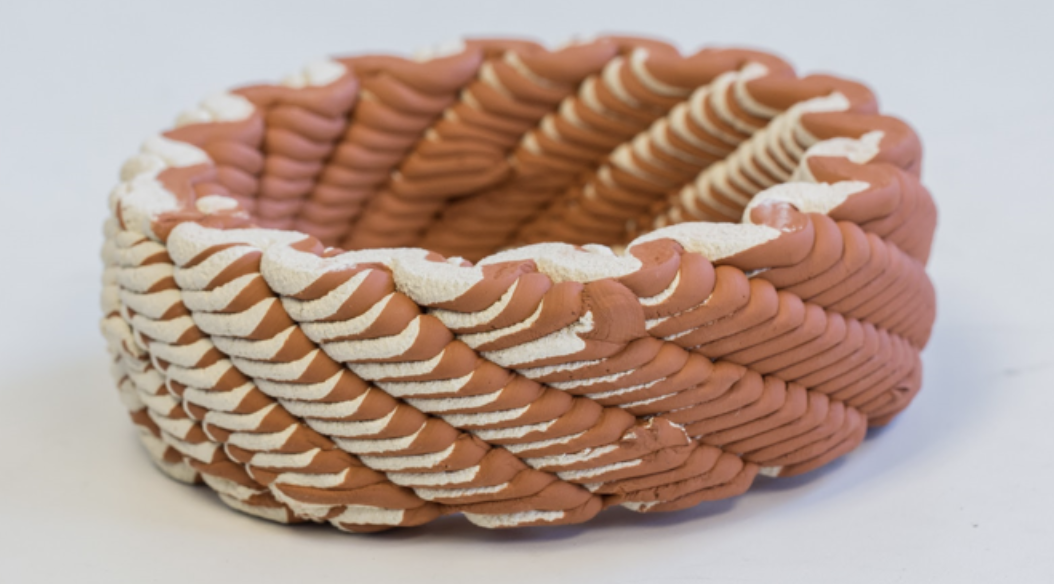
Research
The MaP+S group takes materials as a starting point for a broad set of research investigations that involve computation, robotics, and material science, advancing the aesthetic and functional agenda of materials in the built environment.
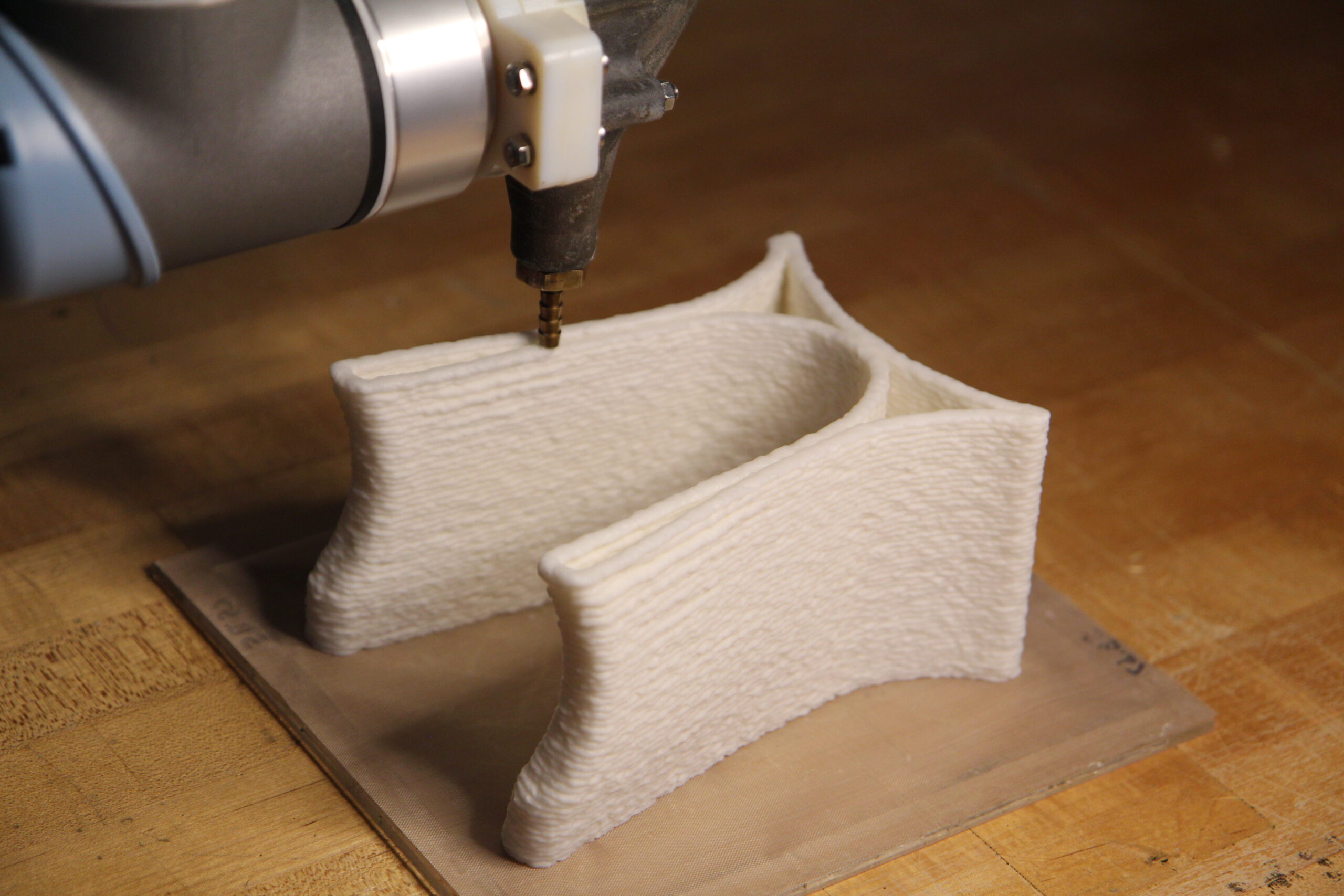
Using topology optimization, we can customize the design of components to integrate the directional properties of 3D printed biomaterials.
More

Using VR, we studied the effect of interior materials on the subjective perception of temperature, as well as the effect materials have on tolerance to normally uncomfortable temperatures.
More

Our 2025 ACADIA Award paper presented the ‘grain’ of Biocomposites that results when fiber composites are 3D printed.
More
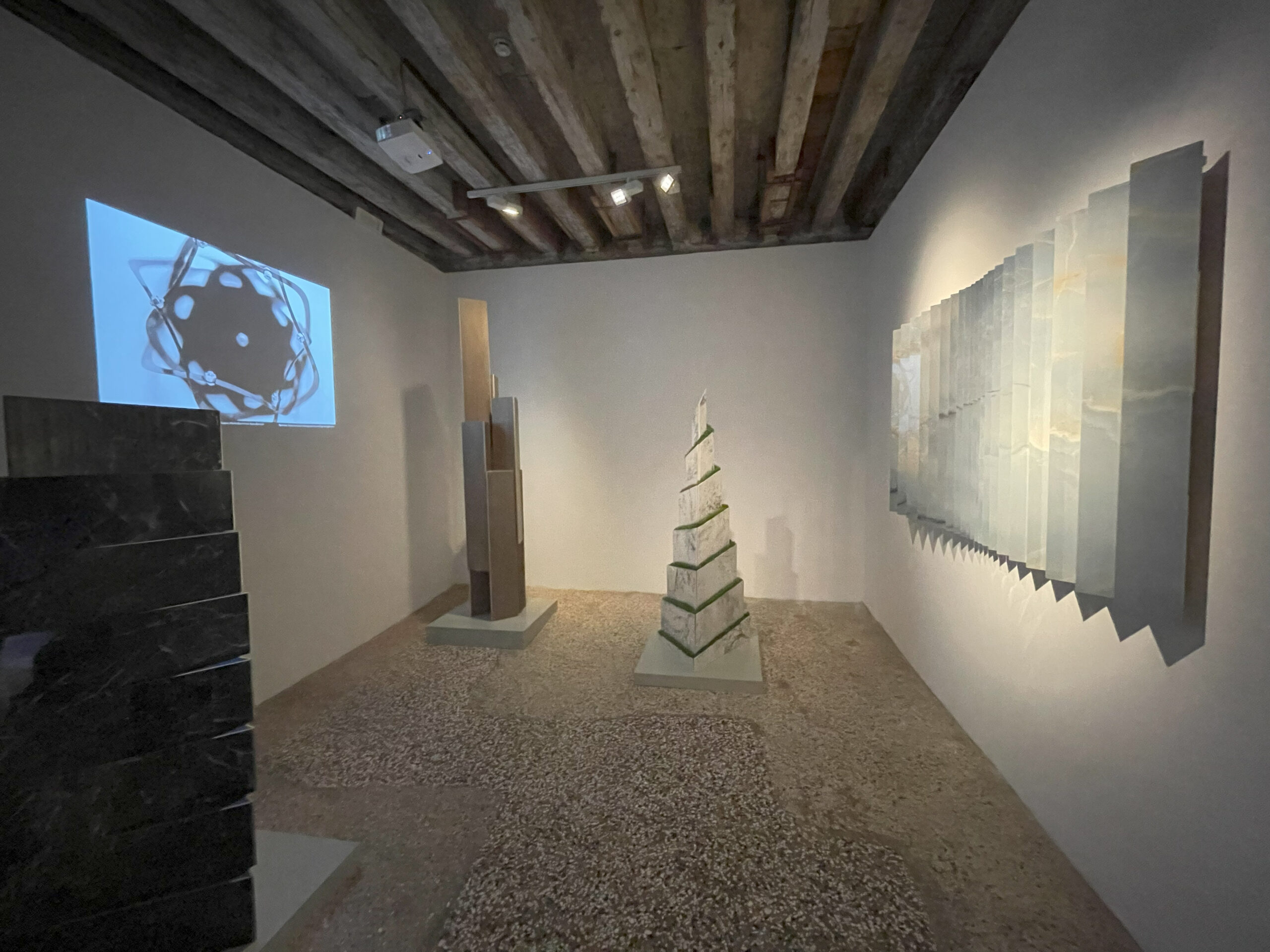
‘Material Perception’ Exhibition @ Venice Architecture Biennale 2025 Cairns are markers on land – across cultures, across time, across languages. […]
More
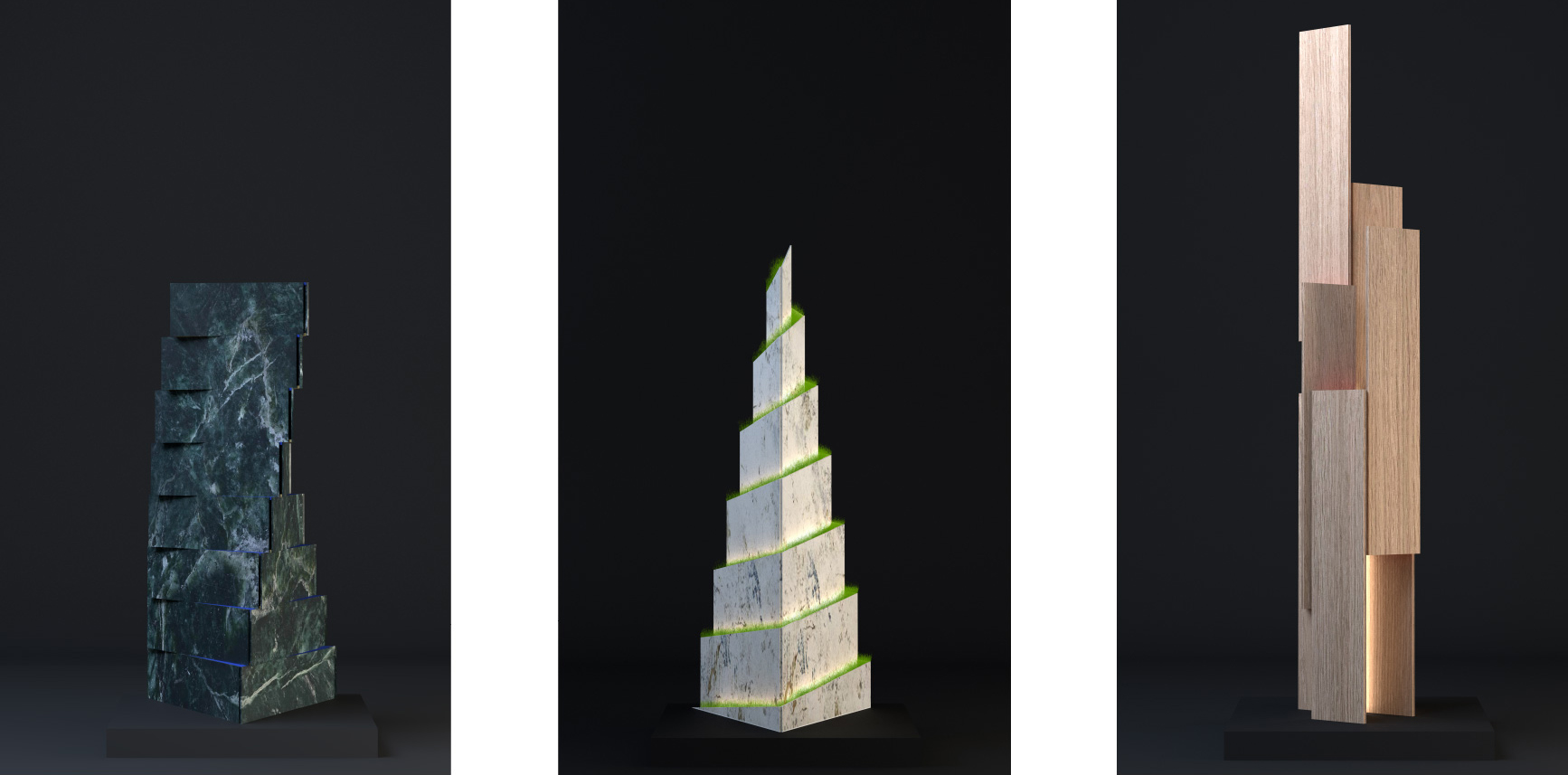
‘Material Perception’ Exhibition @ Venice Architecture Biennale 2025 Globally, approximately 16 billion square meters of ceramic tiles are installed annually! […]
More

The installation exposes the lost histories and unrecognized imaginations of creativity born in spite of the segregation and land vacancy found in ‘Black Belt’ neighborhoods of Chicago’s South Side.
More

Inside Harvard GSD – MaP+S @ Digital Futures.
More
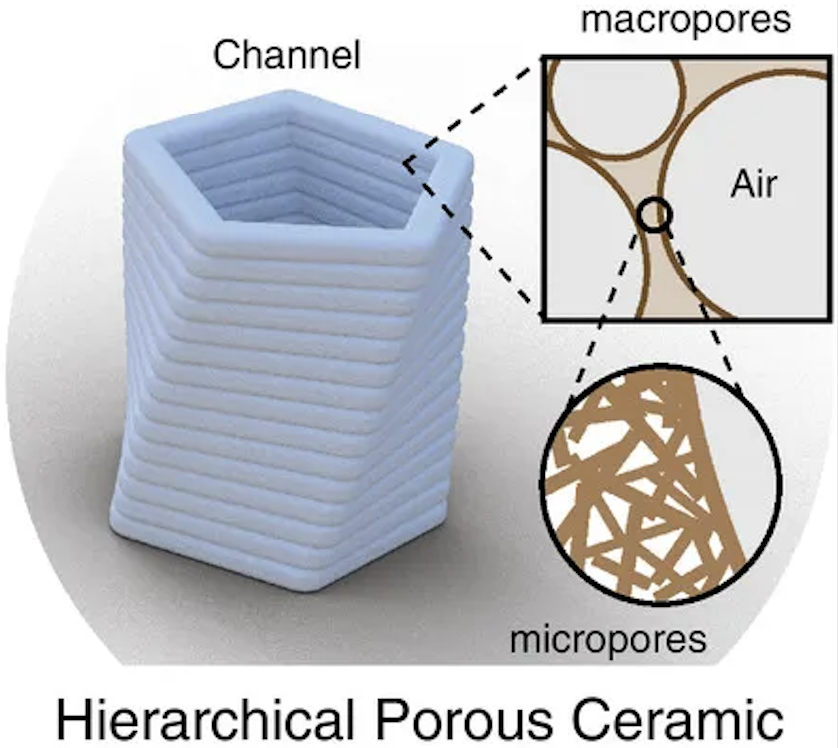
This project discusses the development of a 3D printing process to manufacture porous ceramic materials from clay for thermal insulation and passive cooling in buildings.
More
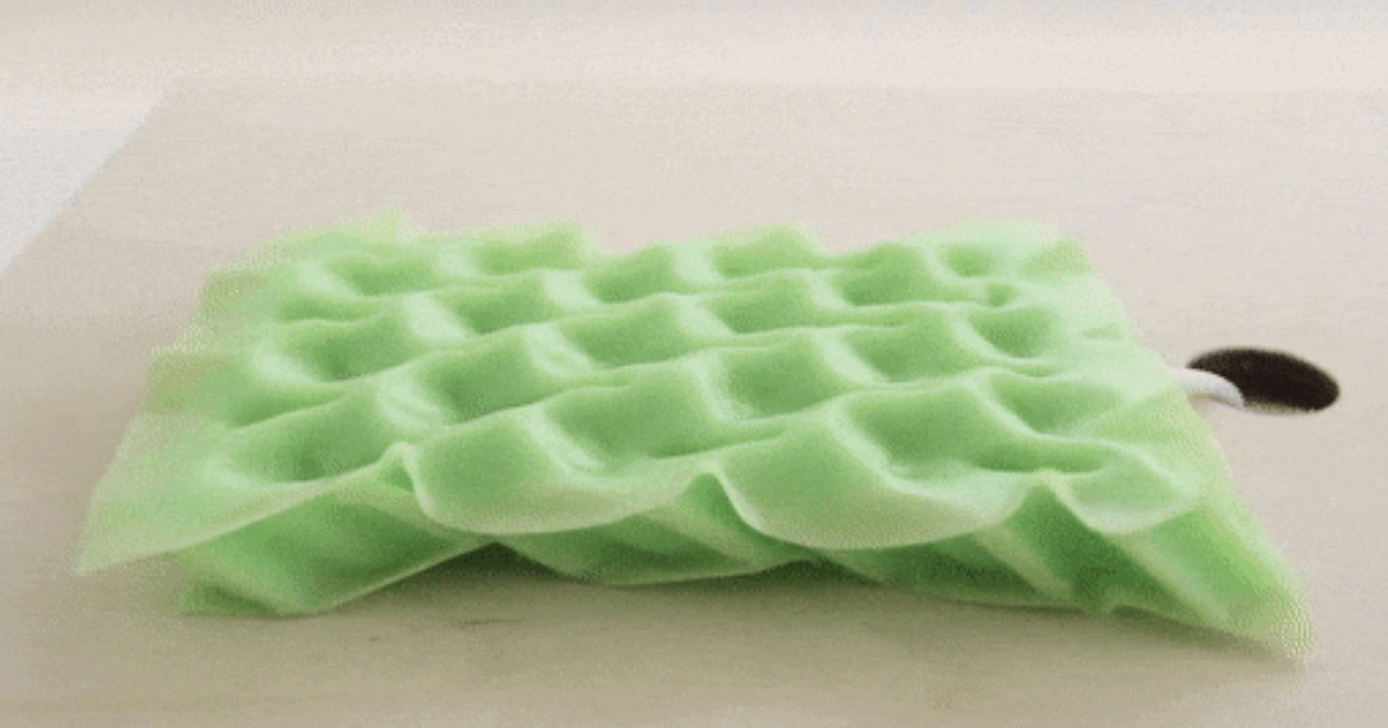
This work was an opportunistic approach which arose when the hinges were oriented at an angle (inclined) to the base surface. Based on the nature of the hinges, Inclined Auxetic structures can be further sub-categorized into buckling based and kinematic based.
More
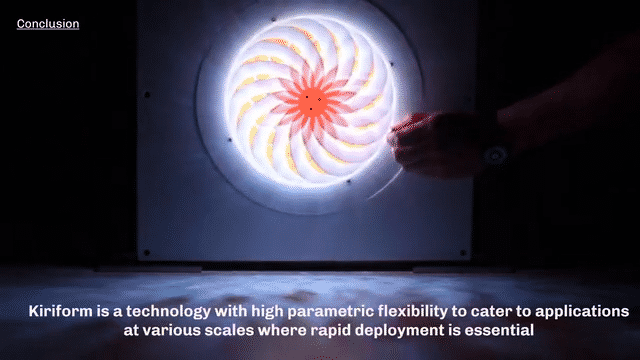
Kiriform allows for axisymmetric sheet assemblies to transform from 2D to 3D shapes through a carefully engineered buckling of curvilinear struts or fins.
More
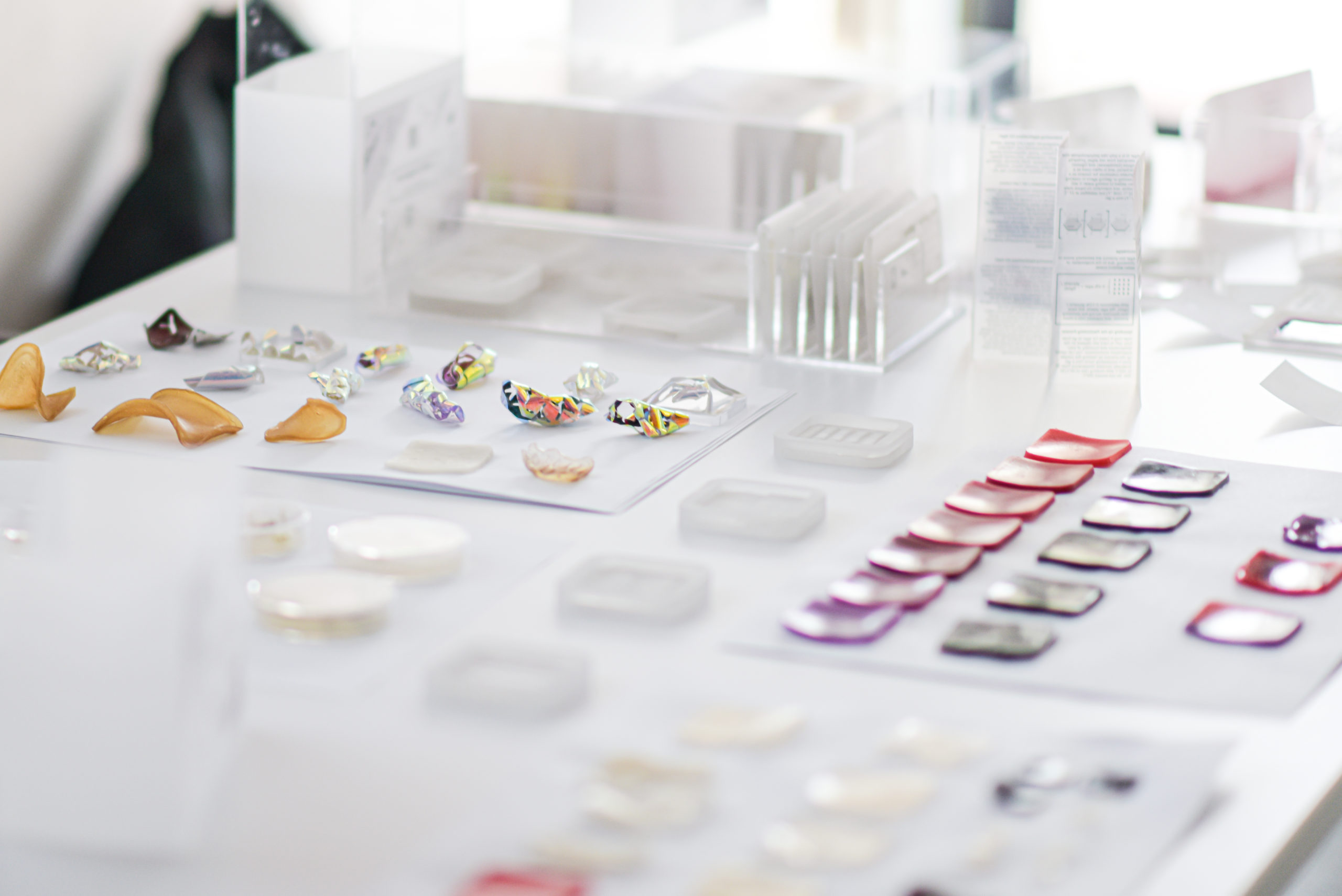
Selected projects from course “Nano Micro Macro 2019” by Jonathan Grinham, Joanna Aizenberg and Dan Tish.
More
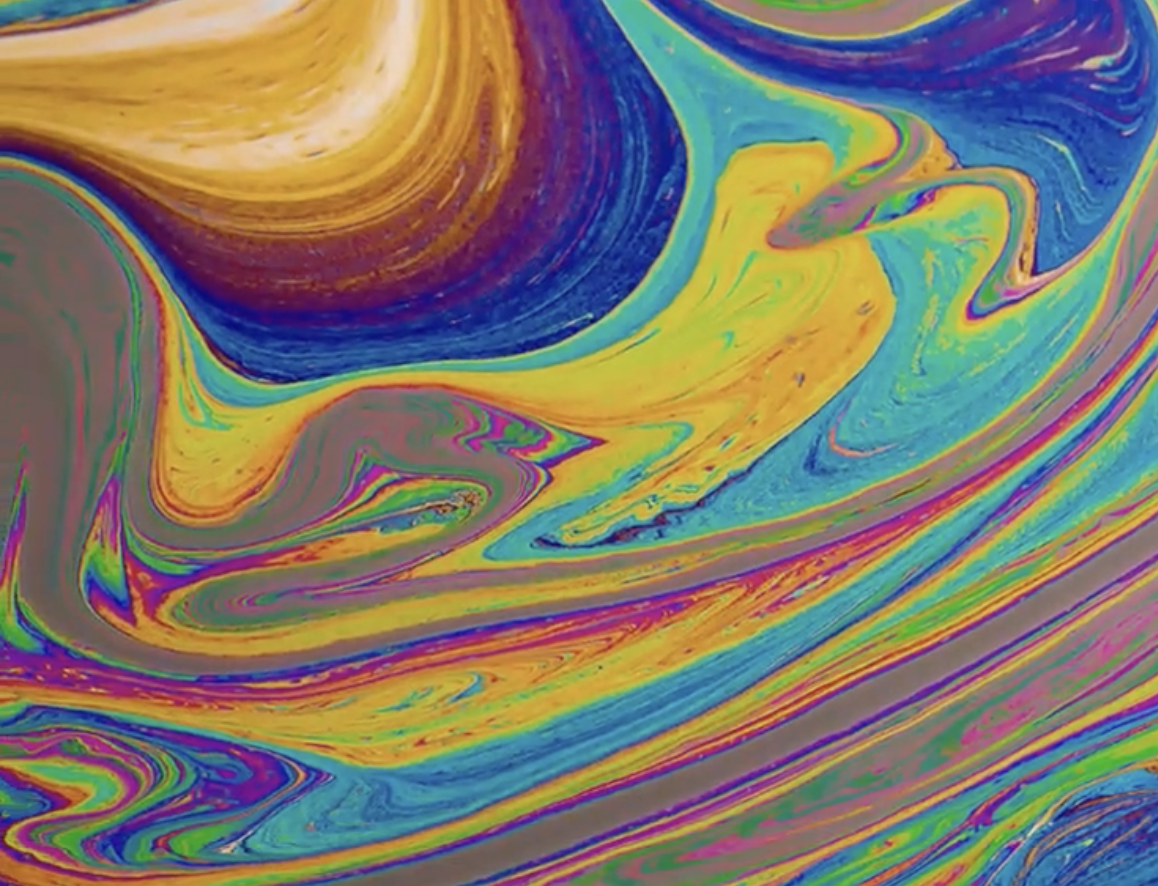
Selected projects from course “Nano Micro Macro 2018” by Jonathan Grinham, Joanna Aizenberg and Pamela Cabrera
More
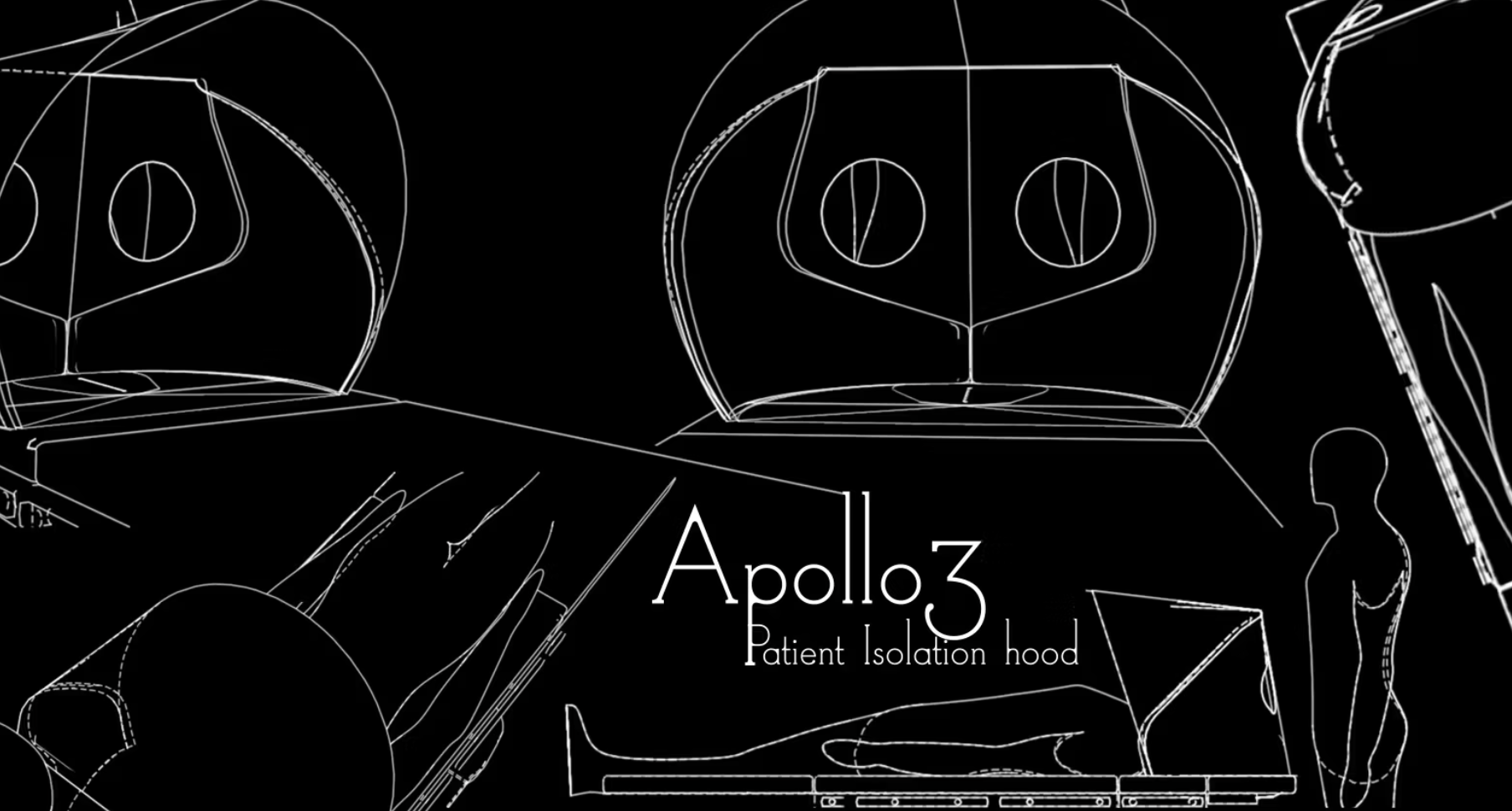
The Apollo Patient Isolation Hood (PIH) is a localized negative-pressure ventilation system for hospital beds to help contain the droplet spread of COVID-19, including during aerosol-generating medical procedures such as intubation and extubation.
More

MaP+S affiliates have led or collaborated on three separate personal protective equipment (PPE) design and production efforts in response to the COVID-19 pandemic, ranging in scale from DIY grassroots initiatives to coordinated institutional responses.
More
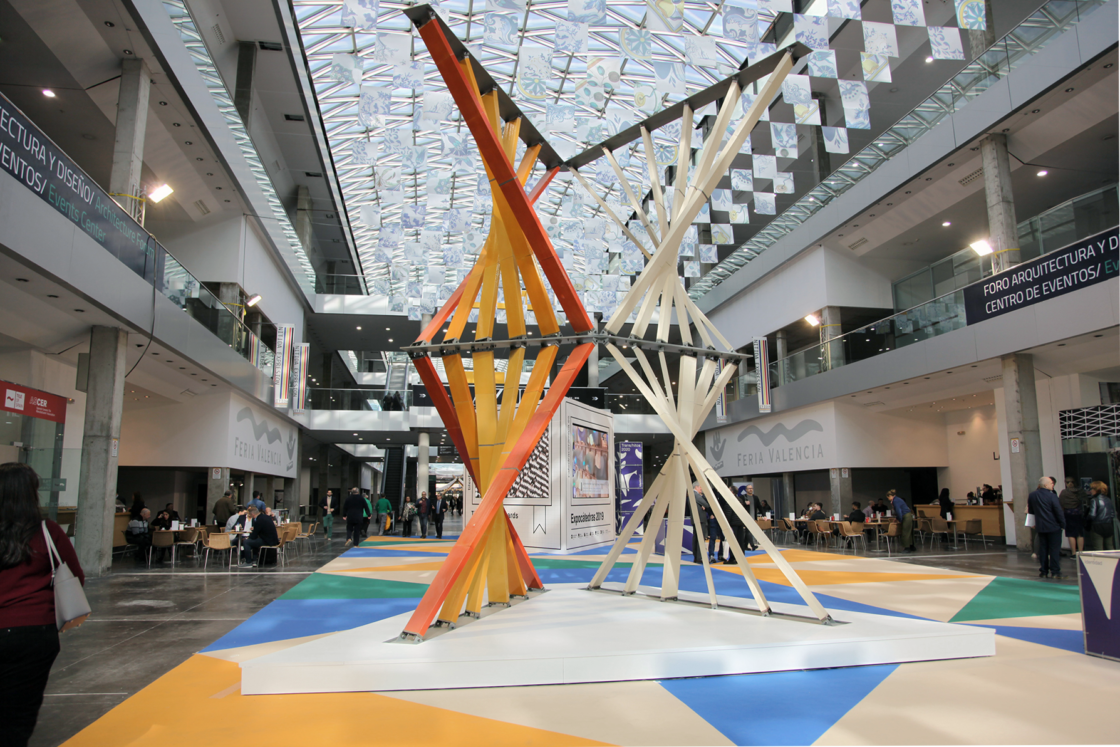
Ceramic Prototype: Hypar Tower explores the structural capabilities of slender ceramic extrusions – a product commonly utilized for exterior claddings, rain screens or sun-shading elements.
More

How can we deposit multiple clay bodies with a single integrated design to 3D printing process? While the context for this project is the growing area of functionally graded materials and multi-material processes the work began by looking back in time. A historic example of tiles with multiple clay bodies are encaustic tiles.
More
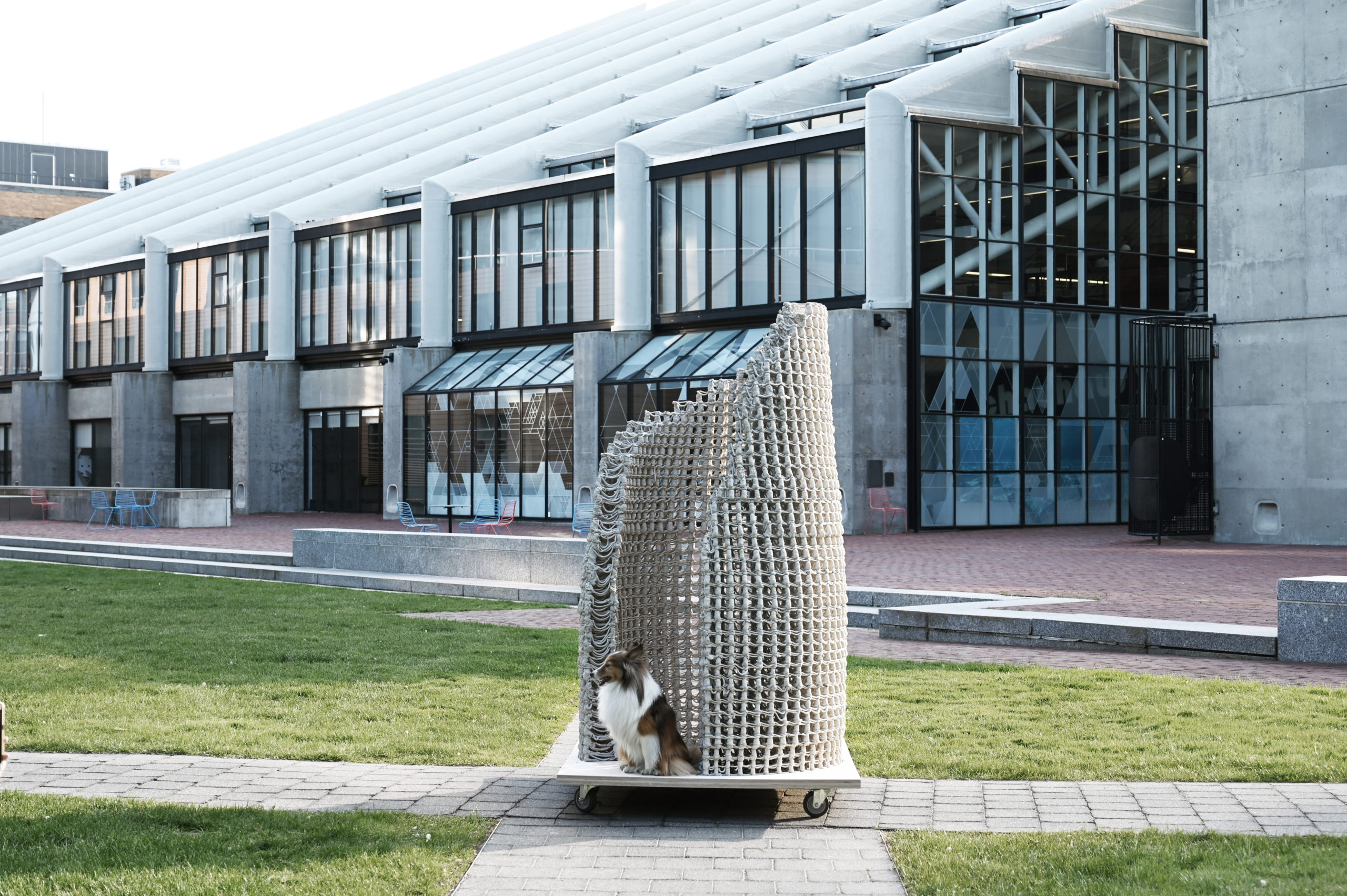
This research utilizes a spatial printing technique with an enhanced responsive system for material feedback to 3D print light-porous clay lattices in a short time with efficient use of the material, and designed functions and aesthetics.
More
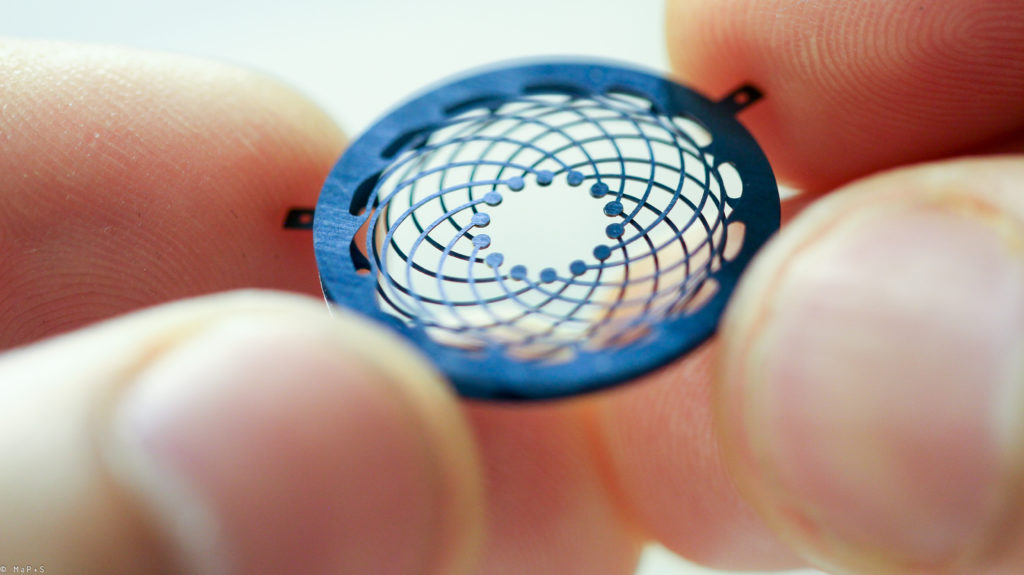
Kiriform is a patented, simple yet robust mechanism, inspired by Kirigami techniques. Developed by MaP+S researcher Saurabh Mhatre in collaboration with the Bertoldi group, Kiriform allows for axisymmetric sheet assemblies to transform from 2D to 3D shapes through a carefully engineered buckling of curvilinear struts or fins.
More

This paper describes a development to the 3D printing methodology for clay, incorporating a closed-loop feedback system of material surveying and self-correction to recompute new depositions based on scanned local deviations from the digital model.
More

If utilizing spatial print trajectories with embedded print parameters can control the extrusion behavior of the material, then the actions of anchor, drag, and pull of the clay can be simulated at the nozzle tip.
More

Researchers at the Material Processes and Systems Group have developed a computationally-based manufacturing process that allows for variable pattern casting through the use of ferrofluid – a mixture of suspended magnetic nanoparticles in a carrier liquid.
More

SCI-6317 Material Systems: Digital Design and Fabrication, co-taught by Prof. Martin Bechthold and Jose Luis García del Castillo y López, positions material systems as combinations of design technologies with material processing and manipulation environments.
More
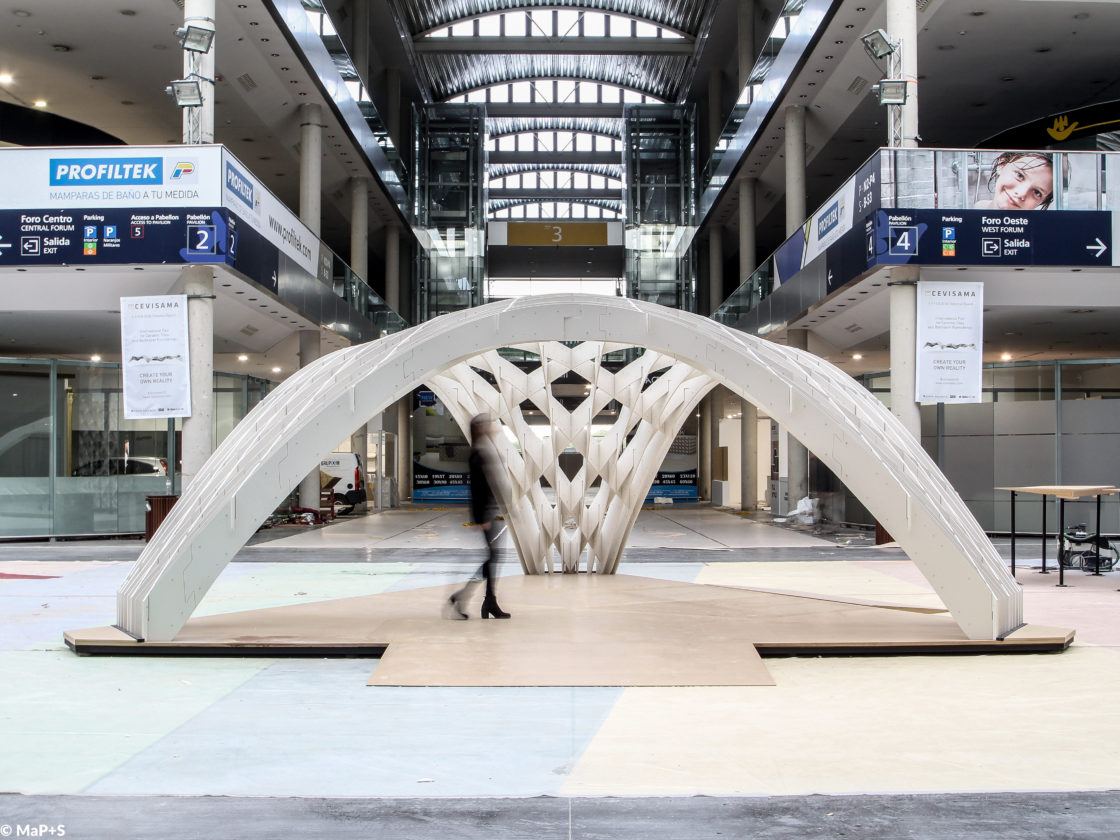
Developed by researchers and students from the Material Processes and Systems (MaP+S) Group at the Harvard Graduate School of Design, Ceramic Tectonics: Tile Grid Shell explores the structural capabilities of thin, large format ceramic tiles – a product commonly used as an interior surface finish or exterior cladding.
More
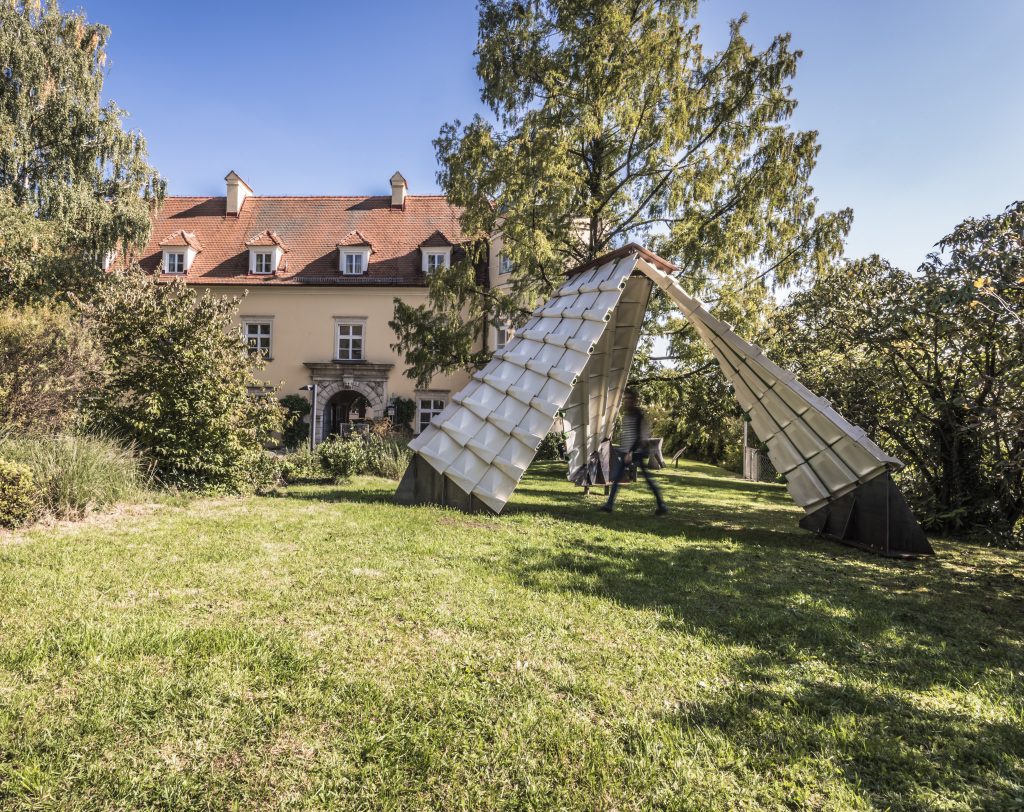
The recent opening of a ceramic pavilion celebrates the completion of a multi-year research collaboration between MaP+S and the ITE at TU Graz. The project involved the development of a novel tectonic system where structural ceramic elements, custom-designed, combine with high-strength concrete into an efficient tectonic construction system for loadbearing shells and surfaces.
More
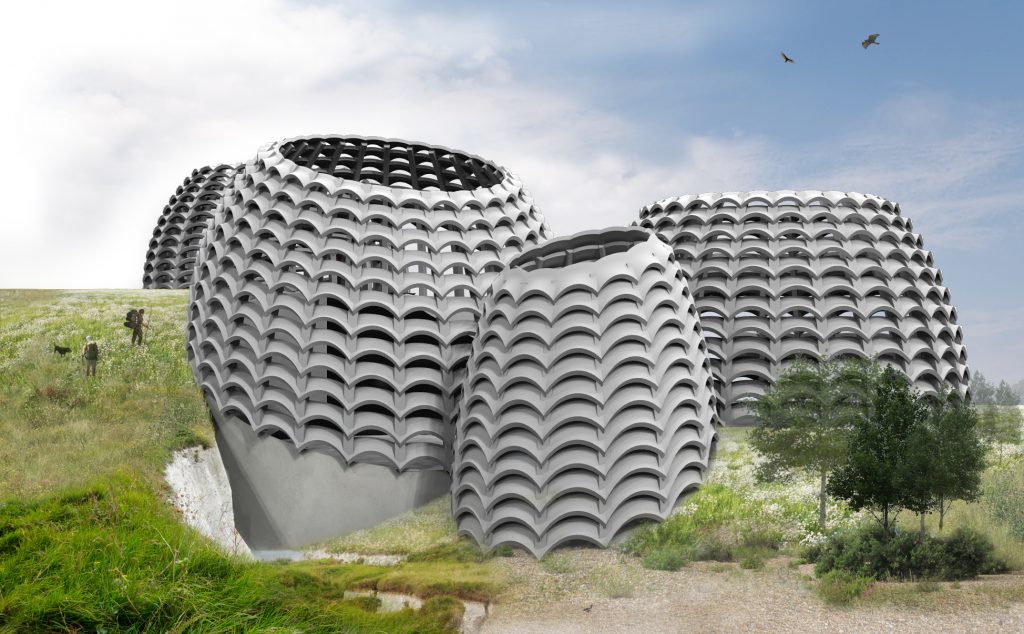
This thesis research compiles multiple open-source frameworks and proposes a novel approach to the geometries embedded within 3D printed ceramic building components specifically fabricated by a 3 & 5-axis Fused Deposition Modeling (FDM) printer. The investigation using Multi-Axis Additive Manufacturing (MAAM) as a function to rethink geometric form for architectural building components.
More
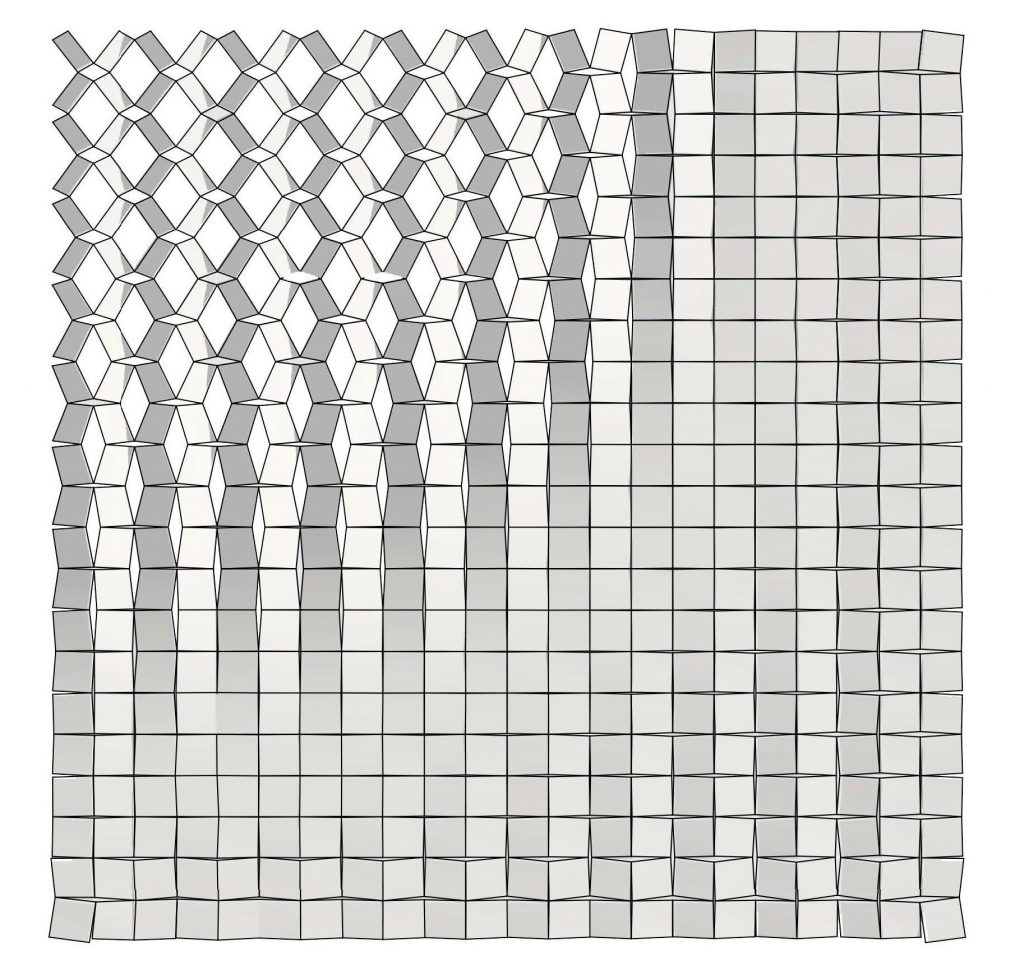
Selected projects from course “Nano Micro Macro 2016” by Martin Bechthold, Joanna Aizenberg and Sarah Norman.
More
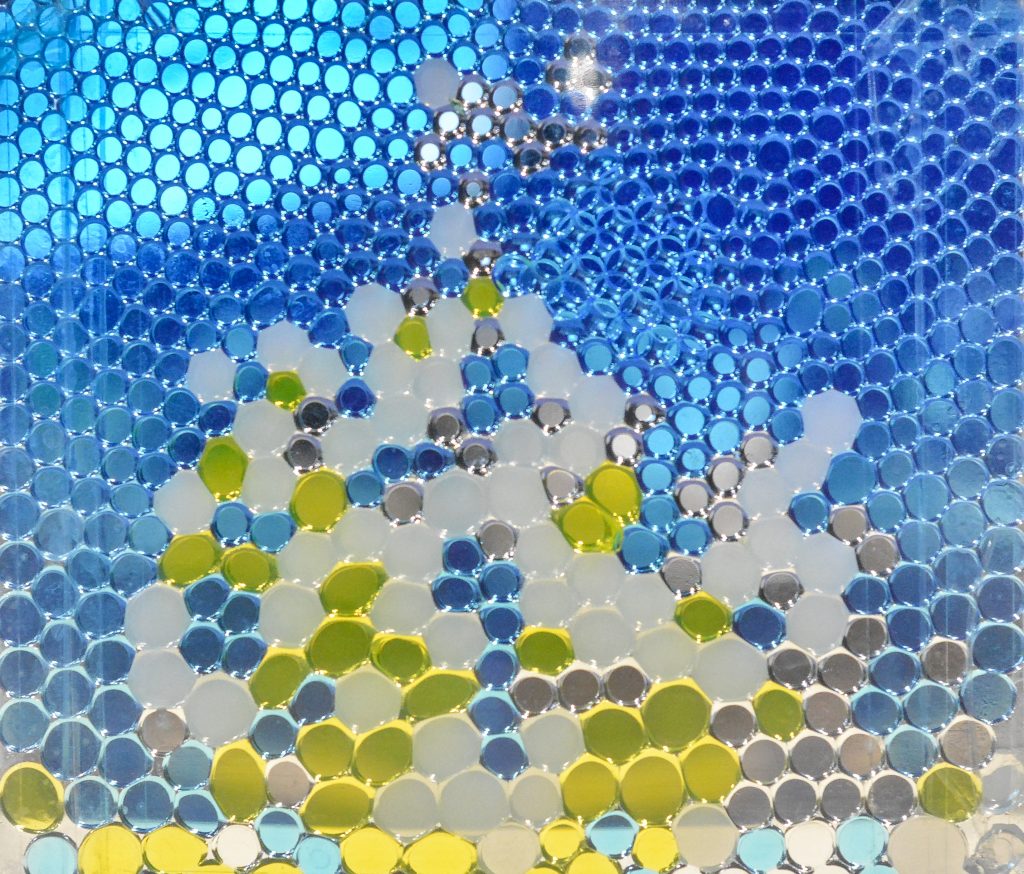
Selected projects from course “Nano Micro Macro 2015” by : Martin Bechthold, James Weaver and Jonathan Grinham.
More

Selected projects from course “Nano Micro Macro 2014” by Martin Bechthold and Daekwon Park.
More
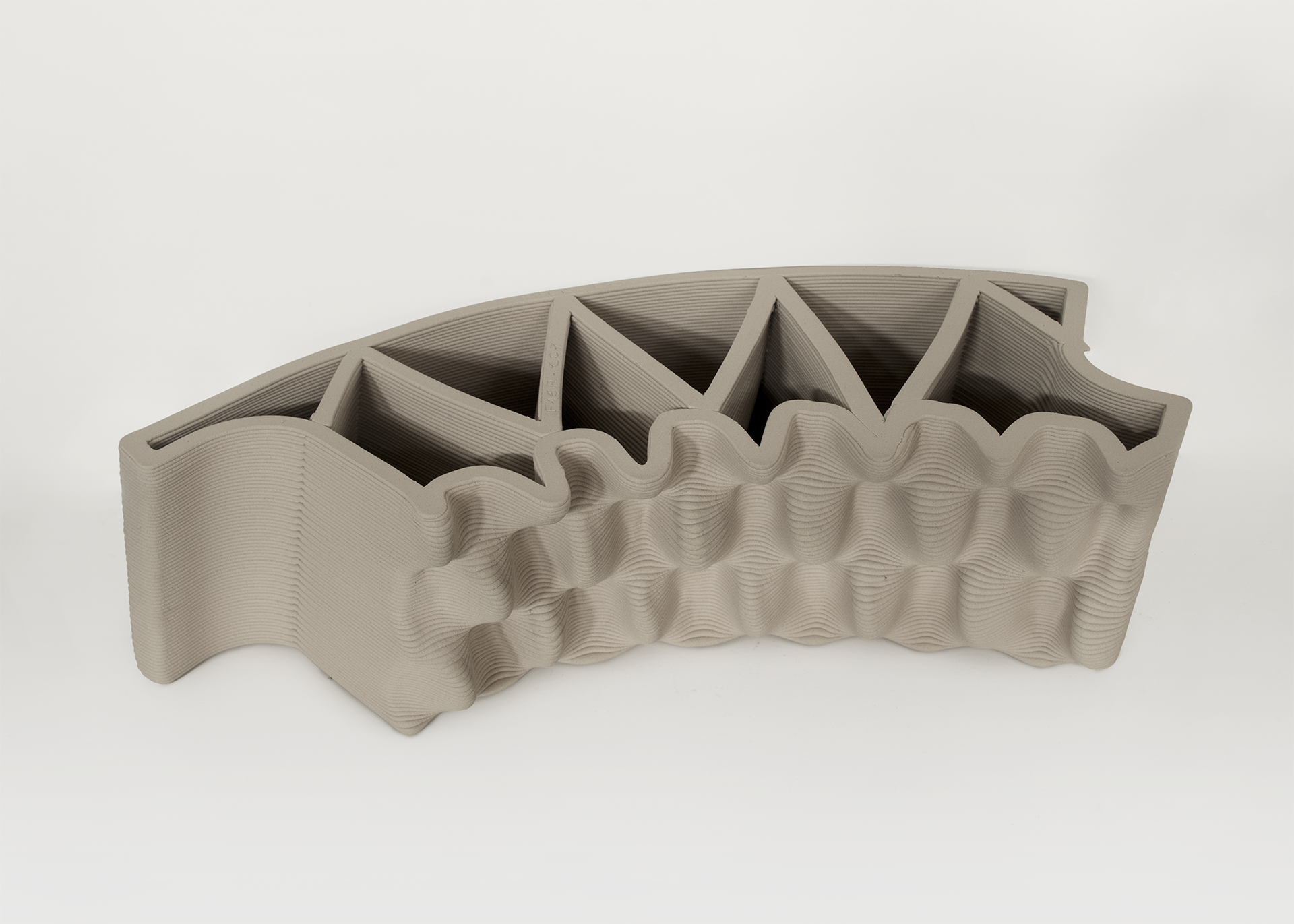
Ceramic Morphologies explores the design opportunities of a novel ceramic 3d printing strategy.
More
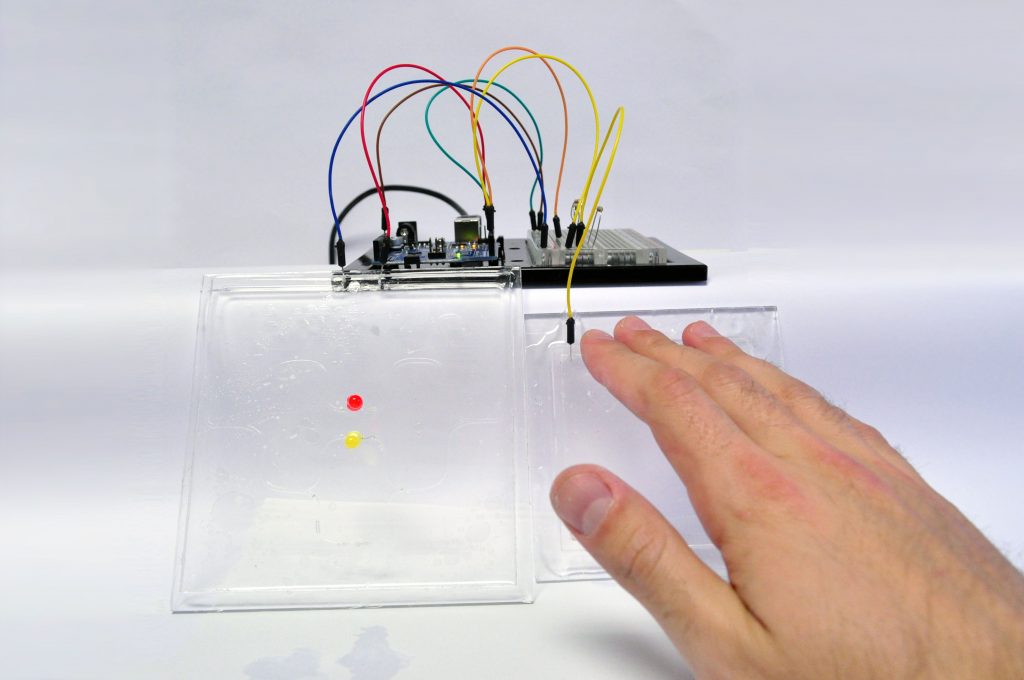
Selected projects exploring adaptivity by ALivE.
More
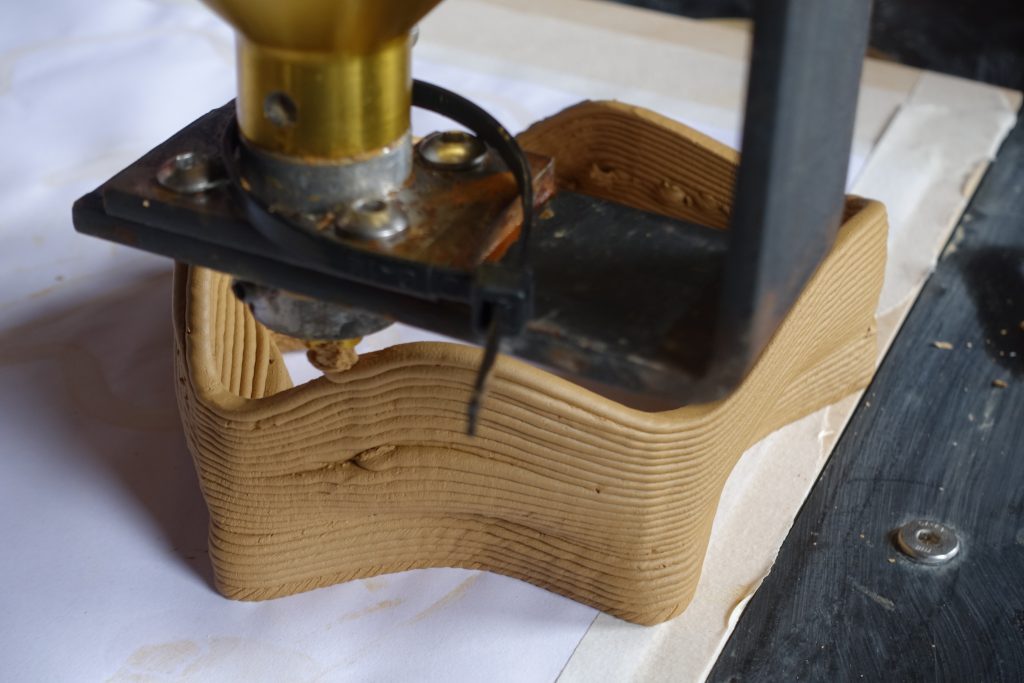
MaP+S joined forces with IACC Barcelona (Alex Dubois), the University of New South Wales (Kate Dunn), and Sydney University (Dagmar Reinhard) for a RobArch 2016 workshop on interactive 3D printing.
More
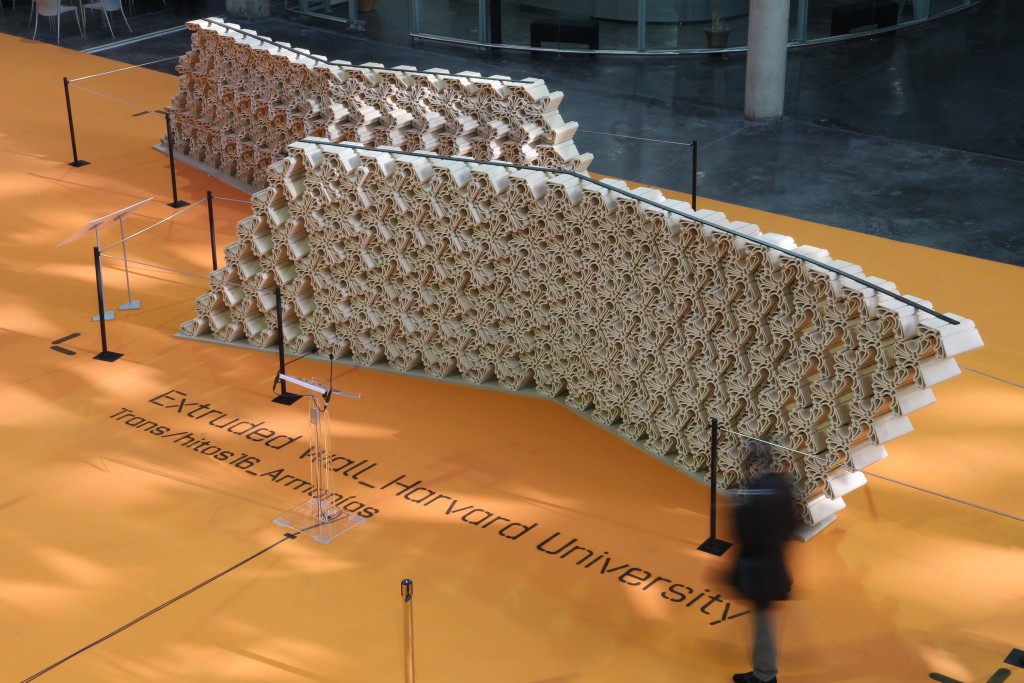
The tessellated wall explores the design space of a novel ceramic customization strategy developed by MaP+S researchers and students. The technique involves the automated cutting of clay extrusions that are industrially produced on a state of the art extrusion line. The ceramic elements have been extruded from a single die, thus reducing tooling costs.
More
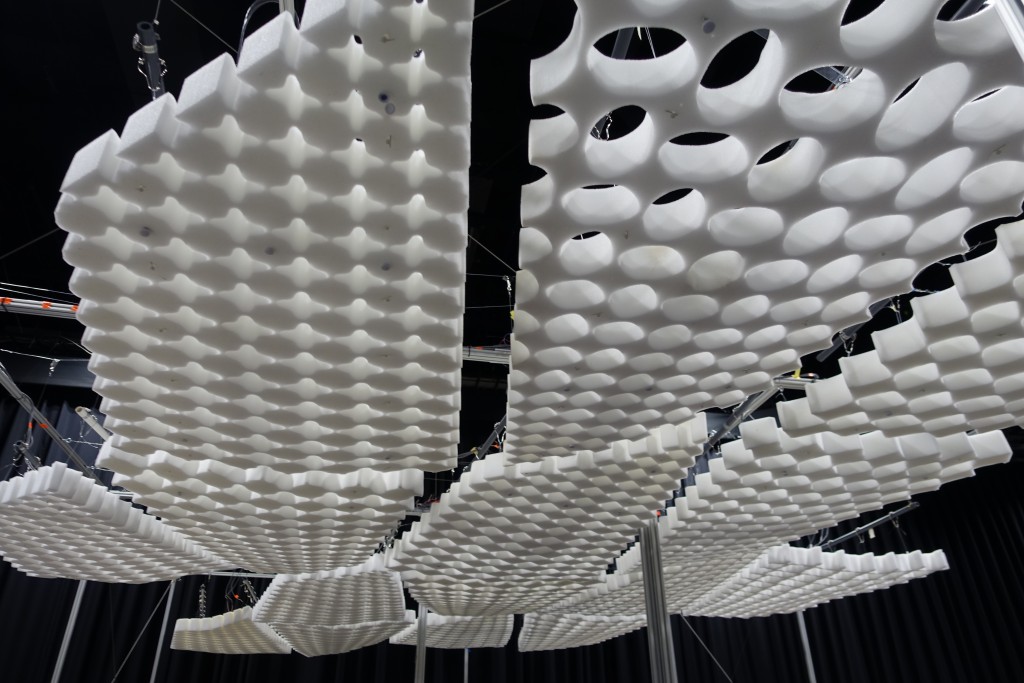
New collaborative work of the ALivE group and the Harvard SEAS Bertoldi group was featured at the 2015 Wyss Retreat in Boston. The experimental system featured 12 different elastic surfaces that are perforated such as to produce a controlled expansion and contraction when actuated through an external mechanism.
More
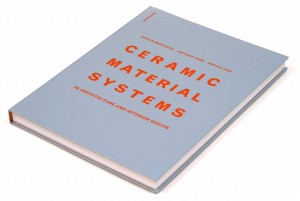
Ceramic Material Systems’ (Birkhauser 2015) by M. Bechthold, A. Kane and N. King is out now!
More

The Protoceramics Exhibition is on display in Valencia, marking the third contribution of MaP+S to the Cevisama. Working with thin and extremely large format tiles MaP+S reimagined tiles by proposing new material formation that lend the thin material structural properties through cutting, folding, and bending.
More
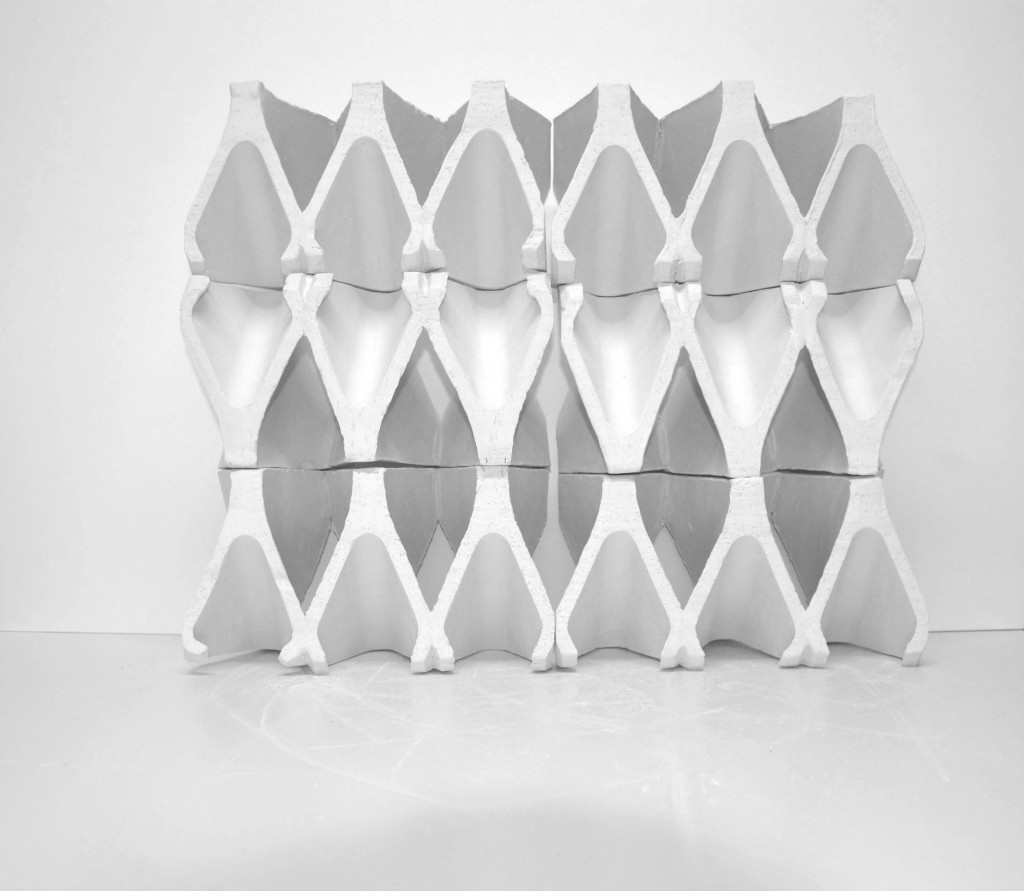
As guest professor at the TU Graz, Institute for Structural Design, M. Bechthold co-taught a studio on structural use of ceramics with Professors Stefan Peters and Andreas Trummer as well as Dipl.-Ing. Felix Amtsberg. Students produced near full-size prototypes to research the tectonic possibilities of the newly proposed systems.
More
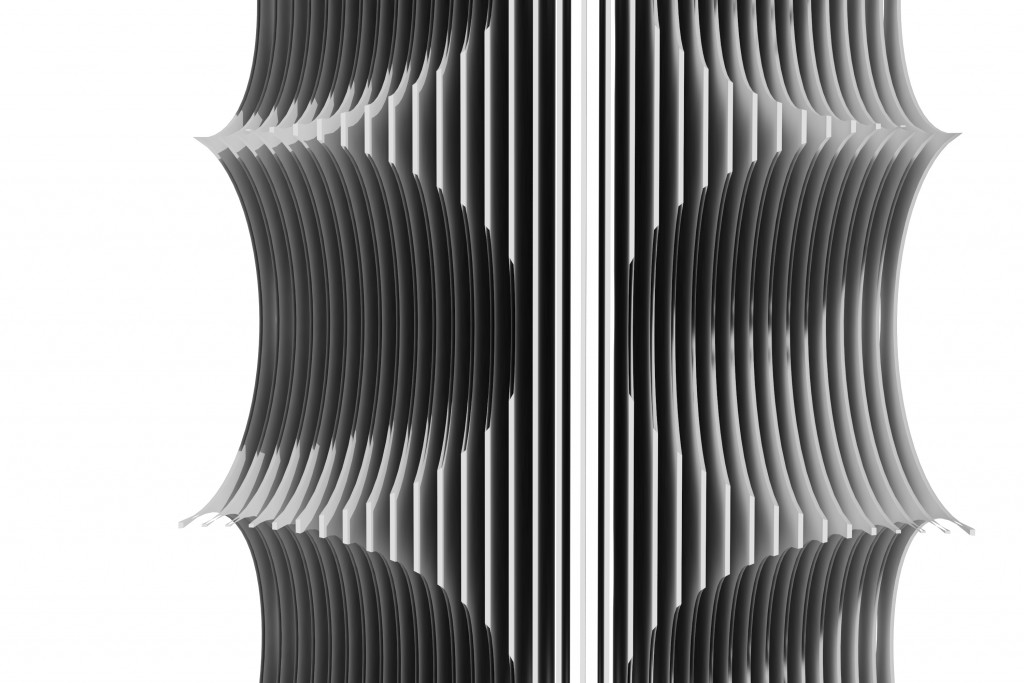
Protoceramics is an ongoing experiment geared towards producing novel material formations with a special interest in tectonic performance. Conducted by the Material Processes and Systems (MaPS) group at Harvard University, the project investigates the latest generation of thin, large-format ceramic tiles, which presently are largely used as interior surface finish or exterior cladding. Can this material be used in a structural way?
More
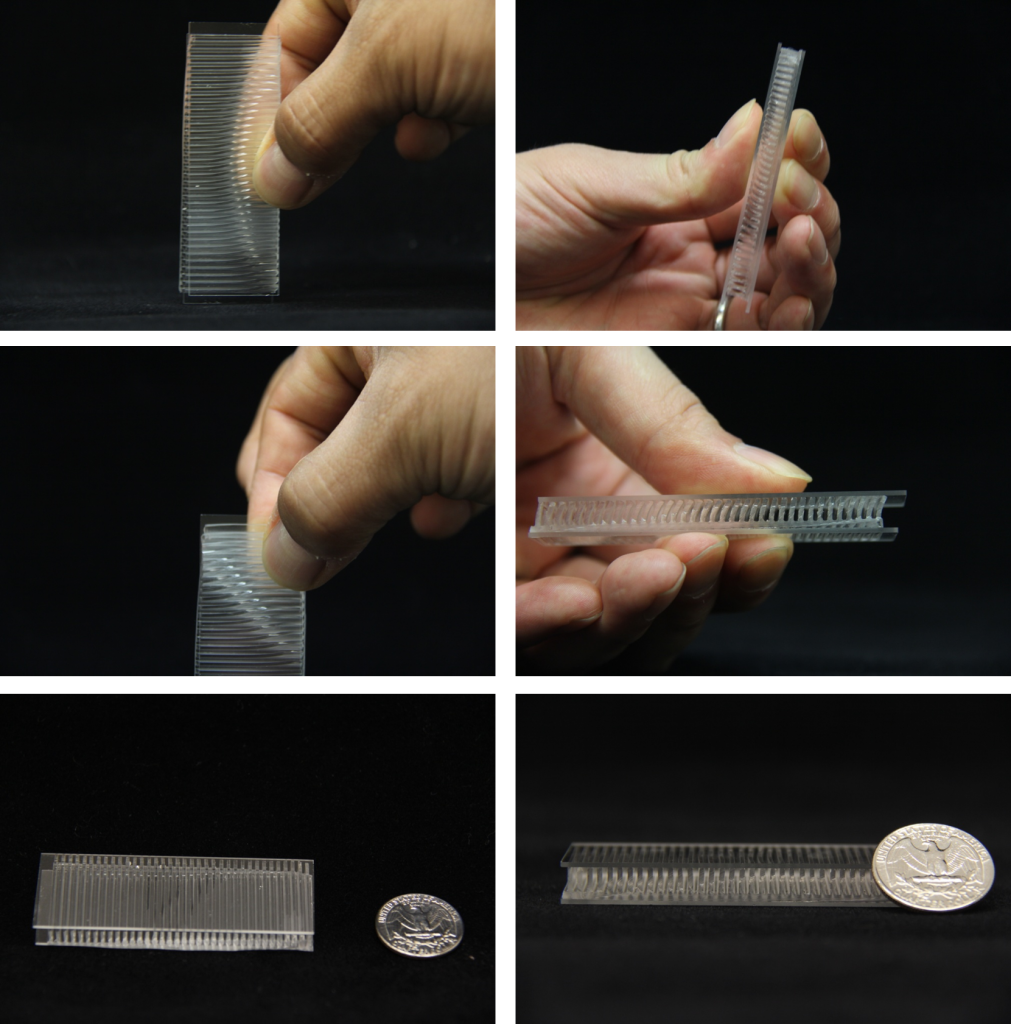
The ALivE group recently published their patented work on a pneumatic daylight control system for both new construction and for retrofitting existing glazing systems in Building and Environment. The invention combines two rigid layers of glass or hard plastic with an elastic, pneumatic interlayer that can be flexibly adapted to lighting needs.
More
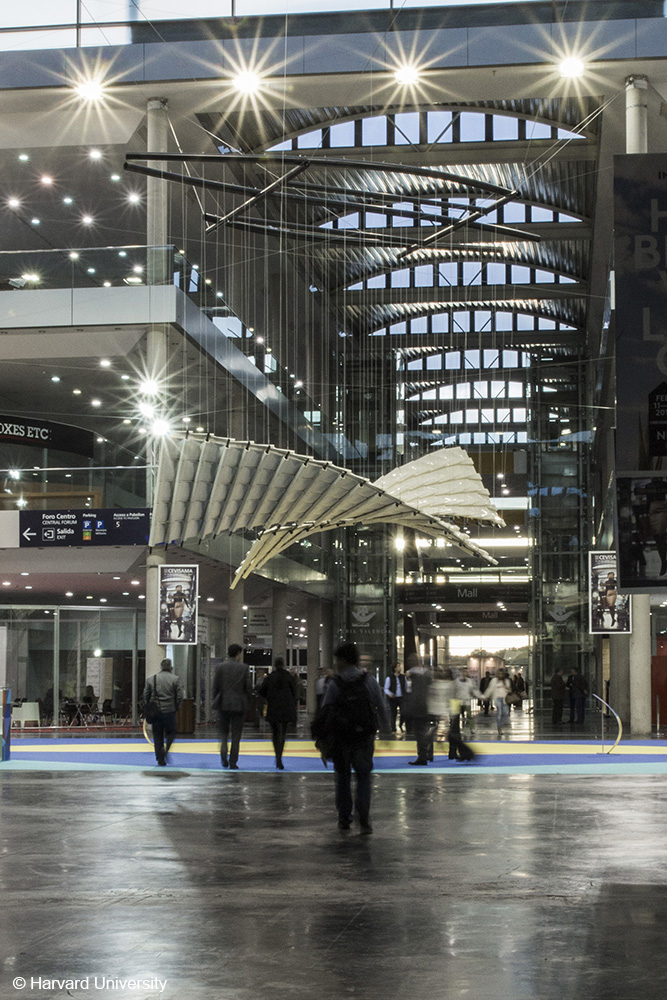
DRG completed a suspended ceramic installation at the 2014 Cevisama in Valencia, Spain as the centerpiece of this year’s international show. Sponsored by the Valencia Trade Fair Association and by ASCER, the ceramic shell represents the mock-up of a structural ceramic /concrete shell system that is currently under development in collaboration with the Chair for Structural Design at the TU Graz, Austria.
More
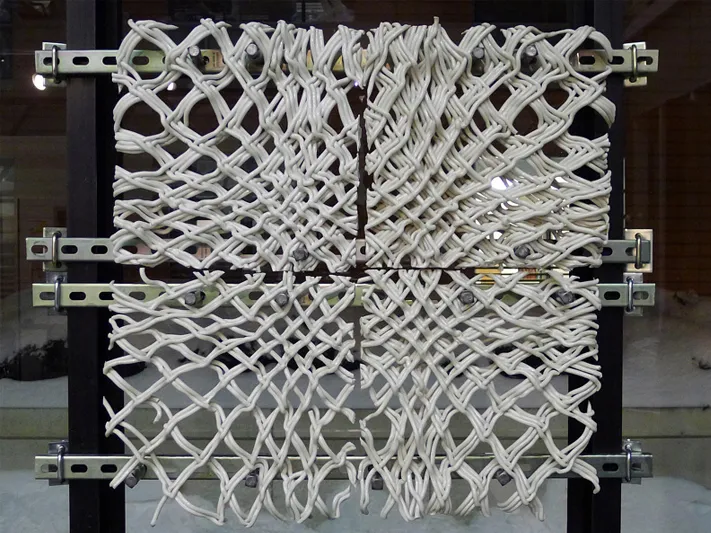
MDes students have married age-old materials with modern processes to create beautiful, innovative building surfaces.
More
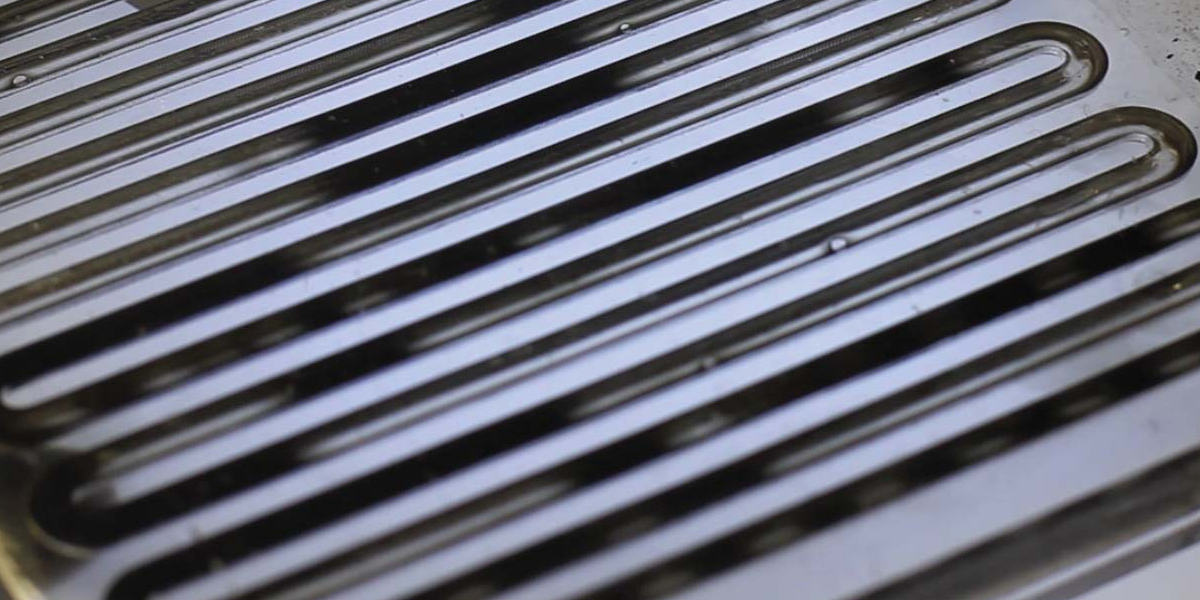
ALivE Exhibition @ Invivia Adaptive Living Environments (ALivE) is now preparing an exhibition of ongoing projects scheduled to open from […]
More
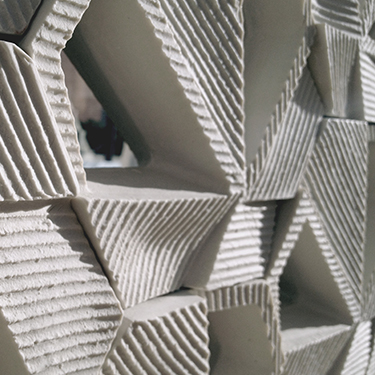
DRG at the 2013 Milan MADE Expo A ceramic design project by Linda Zhang and Jenny Hong was featured at […]
More

DRG’s Prof. Bechthold conducted a workshop on robotic casting at the Toyohashi University of Technology in Japan.
More

(Re)Thinking the Brick Digital Tectonic Masonry Systems Team: Matías Imbern The introduction of digital tools in the production of architecture […]
More

Robotic Casting | RobArch 2012 The DRG team (M. Bechthold, Nathan King, and Stefano Andreani) successfully lead a robotic casting […]
More
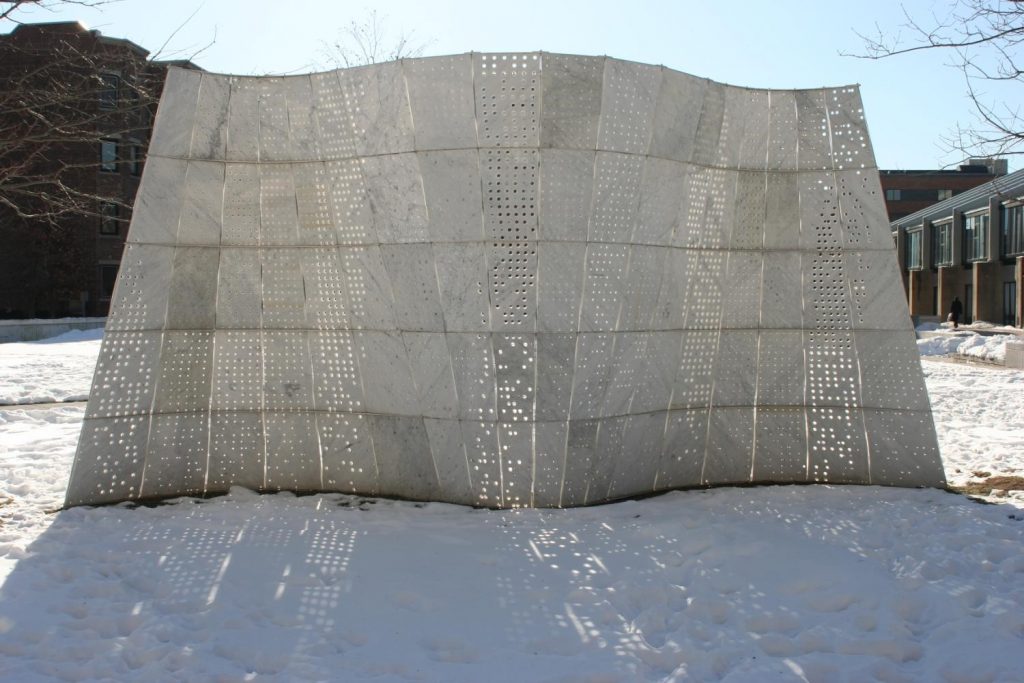
The research explores the design and analysis of a thin marble shell that incorporates the latest developments in fabrication technology and computational analysis. Natural stone, one of the oldest and most traditional building materials, is used in innovative ways by manipulating it with a 6-axis robotic waterjet.
More

DRG Life Cycle Design Exhibition at the GSD Principle Investigator: Martin Bechthold Research and Exhibition Design: Anthony Kane with Matan […]
More

Nathan King to speak at Penn State DRG’s Lead researcher Nathan King to speak on design robotics at Penn State […]
More
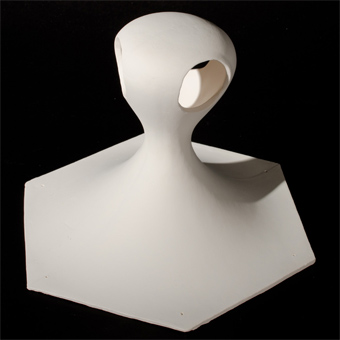
Sky Garden Sky Garden is a prototype investigating the potential for suspended ceramic ceiling elements. Compared to existing suspended ceilings, […]
More
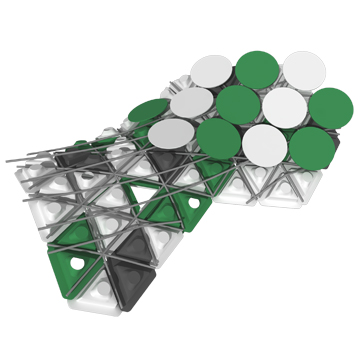
Tectonics Tessellation: Ceramic Structural Surfaces Team: Matías Imbern, Felix Raspall, Qi Su Structural surfaces are extremely efficient in the use […]
More
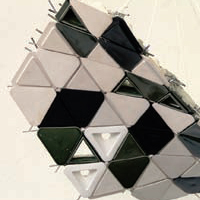
CeramicsLAB student work featured in MISC article Work by several MDesS and DDes students in DRG class ‘Material Processes and […]
More

Flowing Matter Team: Stefano Andreani, Jose Luis Garcia del Castillo Lopez, Aurgho Jyoti Traditionally, ceramic assemblies of complex geometries, such […]
More

Adaptive Materials now called Adaptive Living Environments (ALivE) This project is one of Harvard’s most substantial and robust collaboration between […]
More

Robot Motion Controller Team: Andy Payne Developed by Andy Payne, this project aims to bring physical input and output closer […]
More

RoboKline Team: Jan Kokol, Carnaven Chiu Support: Rachel Vroman, Jonathan King, Justin Lavallee Franz Kline’s Black and White series serves […]
More

Metal Sky Team: Justin Lavallee, Rachel Vroman, Yair Keshet, Sola Grantham (DP automation) The project investigates the role of design […]
More

Flexible Tooling The lack of variable tooling to matches the flexibility of robotic manipulators has long limited our ability to […]
More
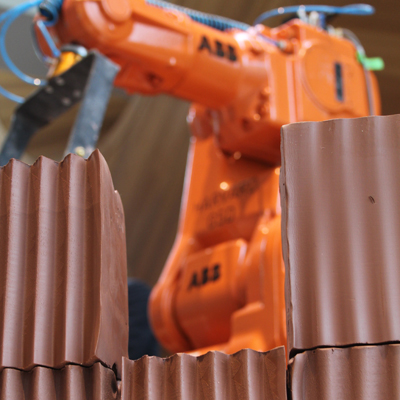
SmartGeometry 2012: Ceramics 2.0 DRG student and faculty were selected to run one of the workshop clusters at the 2012 […]
More
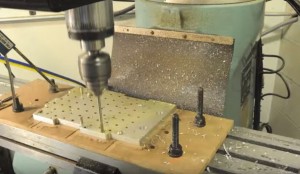
Customization continues to be a major challenge for the industrial production of ceramic tiles. The strategic use of robotic technology provides possible pathways to reduce the constraints of mass-production techniques.
More
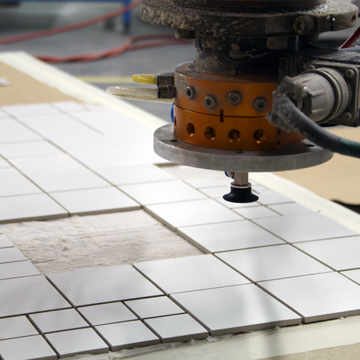
Robotic Tile Placement Team: Martin Bechthold, Panagiotis Michalatos, Nathan King, Anthony Kane, Amanda Lee Sponsored by ASCER Tile of Spain, […]
More
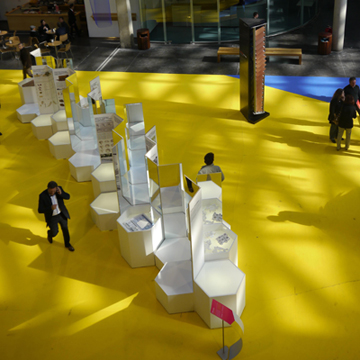
Ceramic LAB students Featured at Cevisama 2012 Four student projects from the Fall 2011 course ‘Material Processes and Systems: Ceramic […]
More
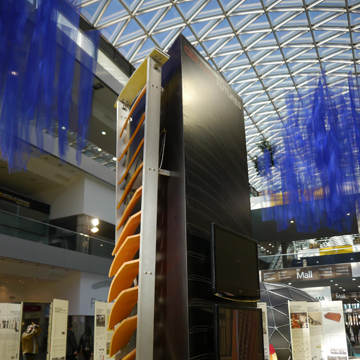
Ceramic Futures Featured at Cevisama 2012 The Ceramic Futures research project, conducted by the GSD Design Robotics Group and sponsored […]
More
Ann Arbor Municipal Center Sculpture Team: Nathan King, Bob Pavlik The project involves the fabrication of a series of milled […]
More
